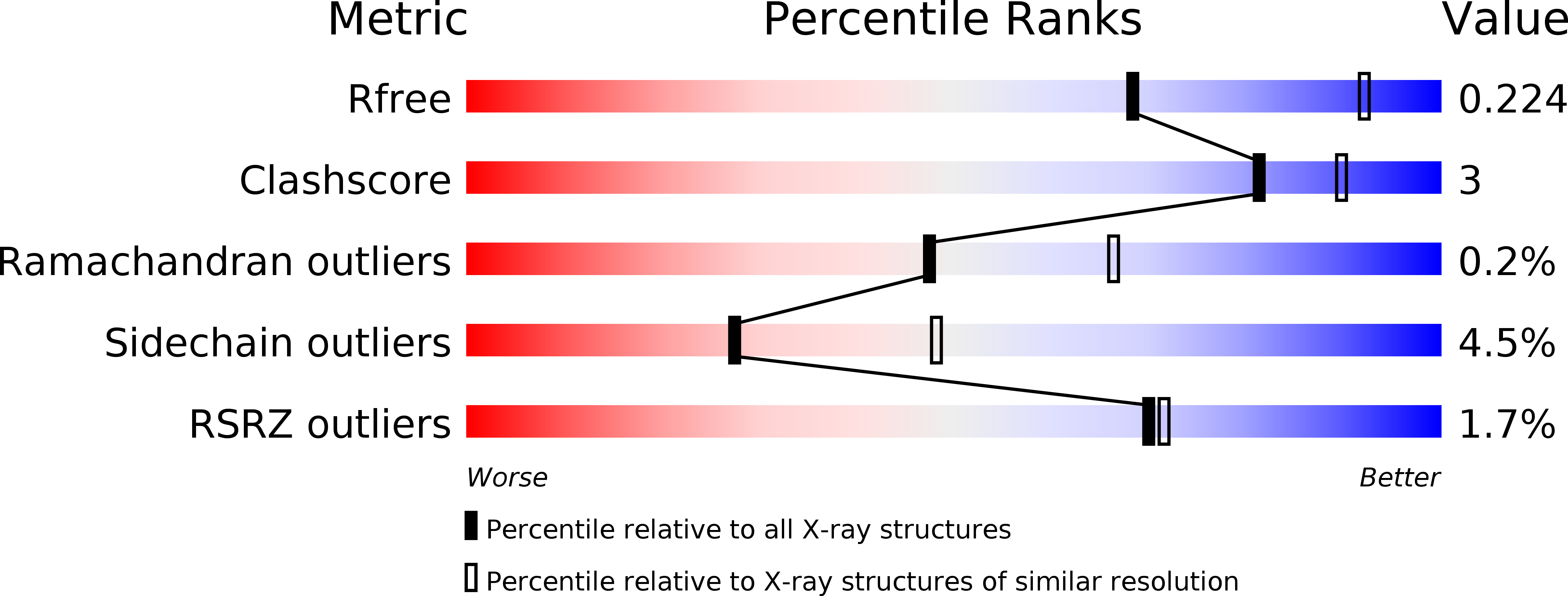
Deposition Date
2013-10-19
Release Date
2013-12-11
Last Version Date
2024-05-08
Entry Detail
PDB ID:
4CC9
Keywords:
Title:
Crystal structure of human SAMHD1 (amino acid residues 582-626) bound to Vpx isolated from sooty mangabey and human DCAF1 (amino acid residues 1058-1396)
Biological Source:
Source Organism:
HOMO SAPIENS (Taxon ID: 9606)
SIMIAN IMMUNODEFICIENCY VIRUS (Taxon ID: 11723)
SIMIAN IMMUNODEFICIENCY VIRUS (Taxon ID: 11723)
Host Organism:
Method Details:
Experimental Method:
Resolution:
2.47 Å
R-Value Free:
0.21
R-Value Work:
0.17
R-Value Observed:
0.17
Space Group:
P 21 21 21


